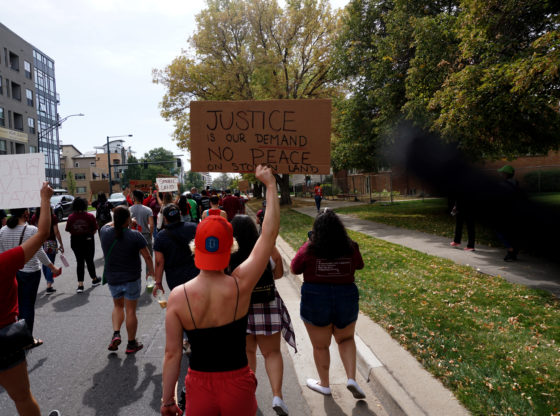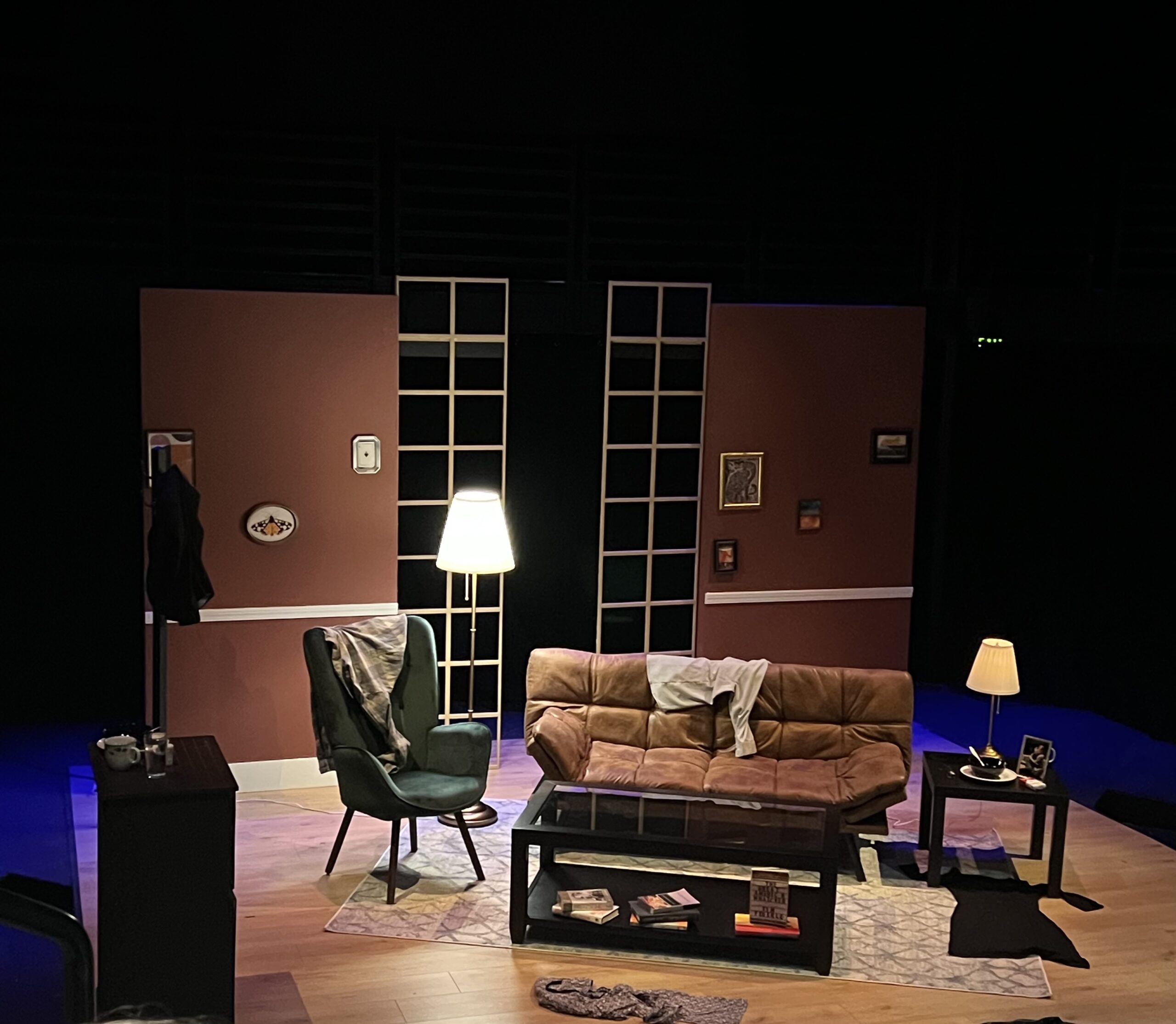This was supposed to be the Year of the Bat. Joaquin Phoenix took home the Best Actor trophy at the Academy Awards earlier this year for Todd Phillips’s “Joker” (2019). It was the second time the DC character had been recognized by the Oscars, after Heath Ledger in Christopher Nolan’s “The Dark Knight” (2008). However, Phillips unethically interpreted the Joker as a misunderstood incel who turns into a supervillain because he’s working-class and mentally ill.
So Cathy Yan’s “Birds of Prey (and the Fantabulous Emancipation of One Harley Quinn)” (2020) swooped in to save the day for DC. A masterpiece of mainstream feminist filmmaking, “Birds of Prey” quite literally breaks up with its regressive companion piece, healing the franchise from its infatuation with a violent, antisocial “bad guy.” Unfortunately, “Birds of Prey” underperformed at the box office not long before the COVID-19 pandemic kneecapped the movie industry altogether.
Now, Sam Liu’s “Batman: The Killing Joke” (2016) is available to stream on Netflix. Not only does it reintroduce Gotham’s Clown Prince of Crime to the popular cinematic conversation for the third time this year, but it also features Batman as a morally gray antihero whose voice is silenced in “Joker” and even “Birds of Prey” (indeed, Bruce Wayne is still a billionaire who brutalizes the traumatized and the poor with his wealth, heroic intentions notwithstanding).
Similar to how two episodes of Fox Kids’s “Batman: The Animated Series” (1992-1995) pretends to be a film, “The Killing Joke” pads its runtime for the first act or so. Batman (voiced by Kevin Conroy) and Batgirl (voiced by Tara Strong) investigate Paris Franz (voiced by Maury Sterling), the narcissistic nephew of mob boss Sal Maroni (voiced by Rick D. Wasserman). Clumsily, the narrative transitions into an otherwise faithful adaptation of Alan Moore and Brian Bolland’s graphic novel, “Batman: The Killing Joke.” The Joker (voiced by Mark Hamill) escapes from Arkham Asylum to terrorize Commissioner James Gordon (voiced by Ray Wise) and prove to Batman only a single bad day can drive someone mad.
Even so, “The Killing Joke” is less a progression from “Joker” and more a product of its time. 2016 was the year Donald Trump got elected President, despite admitting on tape that he used his stardom to grope women, almost a full year before the #MeToo movement.
Likewise, Bruce Wayne and Barbara Gordon consummate in an abuse of power, as Batgirl is Batman’s protégée. Worst of all, it is written as a resolution to the physical conflict between the two. Why must viewers see a Batgirl who seduces Batman even after he grabs her wrists and shoves her?
This single moment sabotages what might have been a passable film. Barbara’s conversations with Reese (voiced by J.P. Karliak) would have been enough to add nuanced sexual tension into her dynamic with Bruce. Instead, it becomes the climax to an overlong and dubiously-relevant prologue. It adds nothing to the showdown with the Joker, except half a dramatic stake for Batman. Since it isn’t as suspenseful unless she’s his sex object, right?
Barbara’s opening voiceover introduces her as the protagonist until she is sidelined. Not even Hamill’s fan-favorite voicework as the Joker, delivering Moore’s classic lines of dialogue as masterfully as Ledger or Phoenix, can make up for the foundationally-flawed structure of Brian Azzarello’s adapted screenplay.
Where Moore’s Joker is a postmodern nihilist who makes up his story as he goes along, Liu and Azzarello’s is more of the same. “The Killing Joke” may not ask us to sympathize with the Harlequin of Hate the same way “Joker” does, but it reduces Batman to a sexual predator who will only avenge the tragedy of violent crime when there’s something in it for him. His relationship with Batgirl is as inappropriate as the one between the Joker and Harley Quinn in “Birds of Prey.” By forcing us to root for him, “The Killing Joke” is no better than “Joker.”











